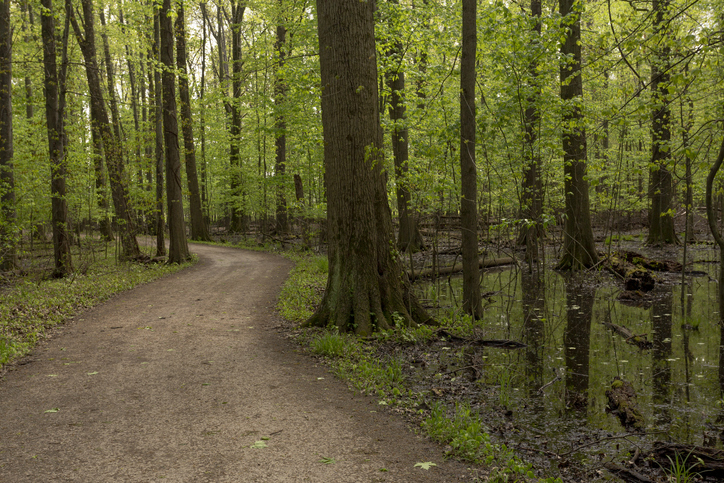Crazy Idea: Apple that Tastes Like Bubble Gum
July 12, 2012
The food industry is crazy.
Crazy about the idea of taking what is essentially candy and marketing it as health food. Think about those cereal bars that come packaged in boxes that are peppered with grand promises of fiber to cover up the heaps of sugar and empty calories.
Now, it would seem, there is a new trend, in which at least one Washington-based company has begun marketing fruit as candy.
Introducing Crazy Apples.
Recently spotted by an ecoRI News reporter in the produce section of a Providence Stop & Shop, Crazy Apples are packaged individually — or in packs of four — in crinkly candy-colored plastic bags. The apples, which are touted as “100% natural, whole apples flavored on the inside” come in three flavors designed to appeal to the discerning palettes of children: Bubble Gum, Tropical Blast and Pomegranate Grape.
You may ask yourself, why take a food that already has its own naturally delicious flavor and make it taste like bubblegum? Or why not just serve your children pomegranates or grapes, or both?
According to the FAQ page on the company’s website, Crazy Apples “were created to be a HEALTHY way to keep an apple habit FRESH and FUN.”
OK. Yes, we should encourage children to eat fruit, but, do we really need to condescend to kids to get them to eat apples? If we assume they can’t tolerate eating a regular apple, then kale is a distant pipe dream.
Though ecoRI News’ e-mail inquiries to Crazy Apples went unanswered, it’s probably safe to assume that the folks there view their product as training wheels for healthy eating. But this is a product that is superfluous and which may even undermine healthy eating habits down the road, by teaching kids that healthy food needs to be gussied up like candy somehow. Will these children, accustomed to eating candy-fied healthy food, simply graduate to the processed-food aisle where they will buy the candy being marketed as health food?
And what of that packaging? Why take a food that has its own perfect natural packaging and put it in a plastic bag? We can only assume this is to preserve the precious bubblegum flavor, and because you can’t successfully “brand” an apple without some sort of packaging. But shouldn’t an apple sell itself?
In the interest of conducting a full investigation of this product, two staffers taste tested a bubblegum-flavored Crazy Apple, purchased for $2 at the aforementioned Providence Stop & Shop. The apple didn’t taste overwhelmingly of bubblegum; in fact, we could detect no bubblegum flavor at all, but it did taste a little more sugary and was slightly sweeter than a way-nature-intended-it-to-be apple.
Crazy Apple’s mission to get kids to eat more apples may be on point and it may even be heartfelt, but its method is off-kilter. There is a simple way to get kids to eat more fruit, and it doesn’t depend on an over-engineered over-packaged apple. The way to get kids to eat more fruit: feed them more fruit. There’s nothing crazy about that.
Joanna Detz is the ecoRI News publisher. She likes her apples to taste, well, natural.
Categories
Join the Discussion
View CommentsRecent Comments
Leave a Reply
Your support keeps our reporters on the environmental beat.
Reader support is at the core of our nonprofit news model. Together, we can keep the environment in the headlines.
We use cookies to improve your experience and deliver personalized content. View Cookie Settings




Good packaging catches attention. That’s precisely why they call it CrazyApples. The packaging is brilliant. Of course, there’s nothing like munching on the “genuine apple.”
Is it true? I can't believe it. As apple is an organic food it is rich in many organic substances. The test of both red and green apple are always sweet. The test of the apple is universally accepted. The test of apple like alcohol it is quite impossible.
Apple is a most appreciable organic food among all foods available in market.